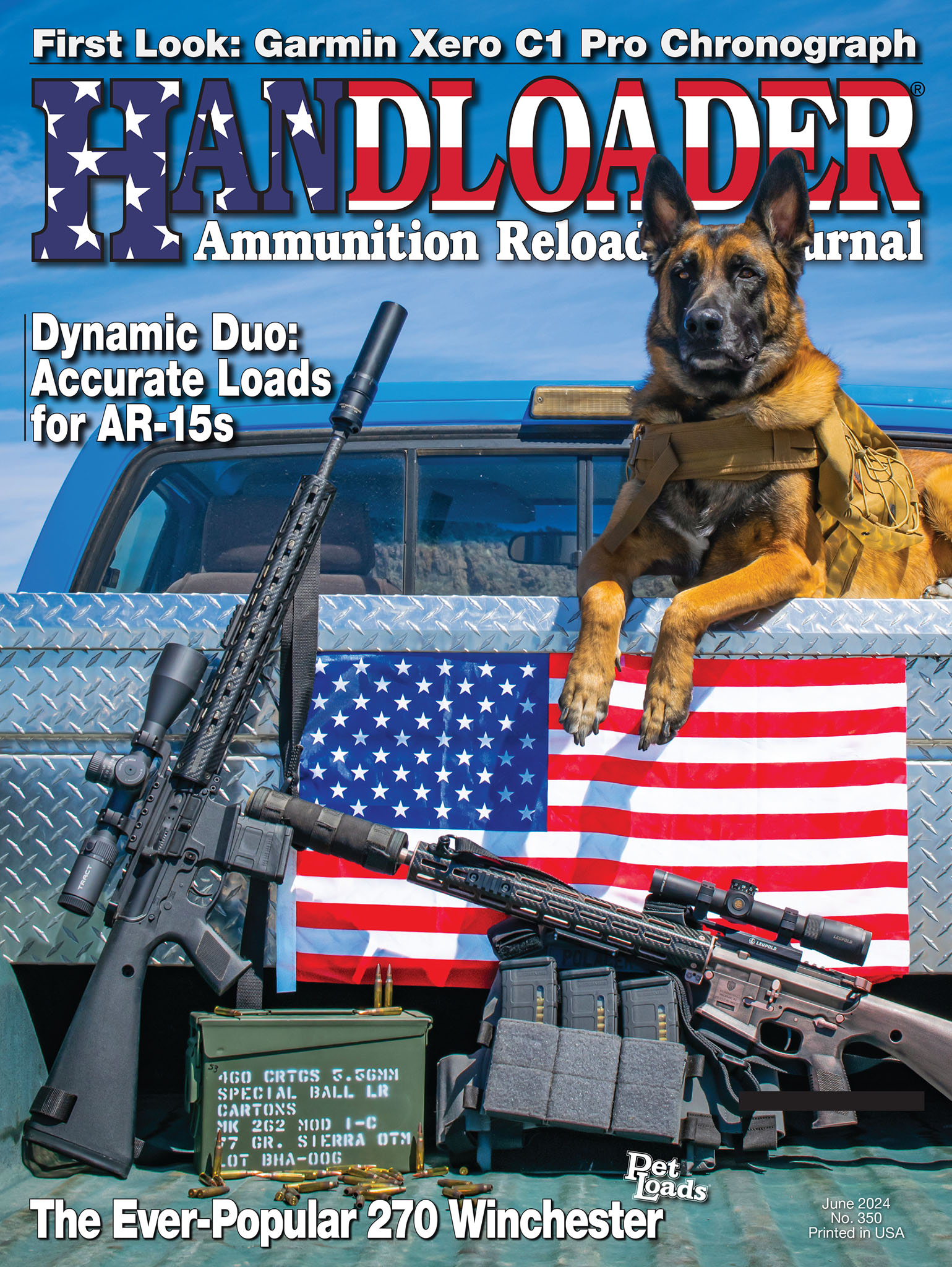Mike’s Shootin’ Shack
Are 44 Revolvers Dying?
column By: Mike Venturino - Photos by Yvonne Venturino | June, 24
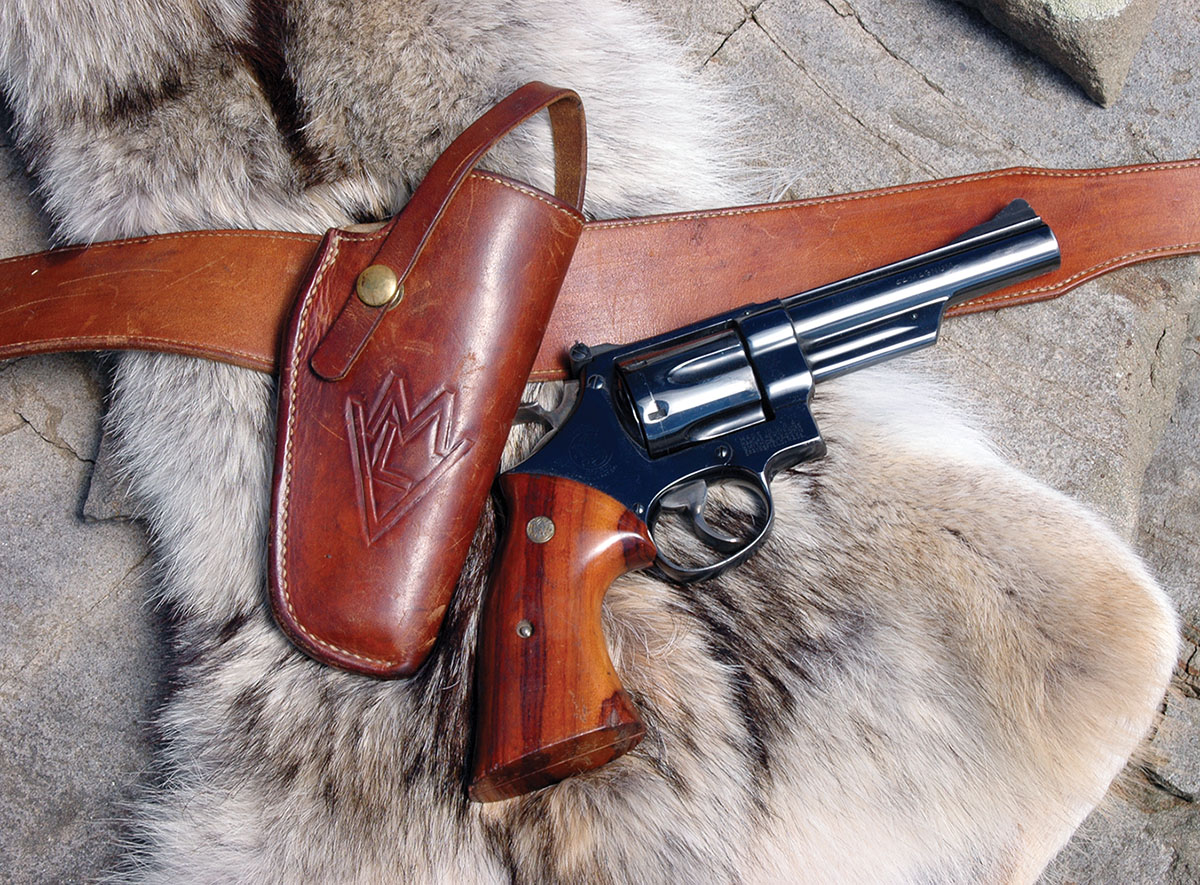
Forty-four-caliber handguns are American icons. No other nation has so many in its firearms history. From the first cap and ball revolvers of the 1840s through the twentieth century, 44s of some sort have been used for self-defense or sporting purposes. They have been popularized in cinema, literature and even songs. My favorite Marty Robbins tune is “Mr. Shorty,” wherein it is sung, “His 44 spoke, spat lead and smoke and 17 inches of flame.” (That’s not just fable; a black-powder loaded, short-barreled 44-40 sixgun will do that.)
Enter now the cartridge era. Smith & Wesson (S&W) was the greatest purveyor of 44-caliber revolvers. Its very first top break No. 3 single action was chambered for 44 Henry Rimfire, the same as used in legendary Henry lever-action rifles. It was quickly followed by 44/100, which soon came to be called 44 S&W American, and then came the 44 S&W Russian cartridge. It was the best of all.
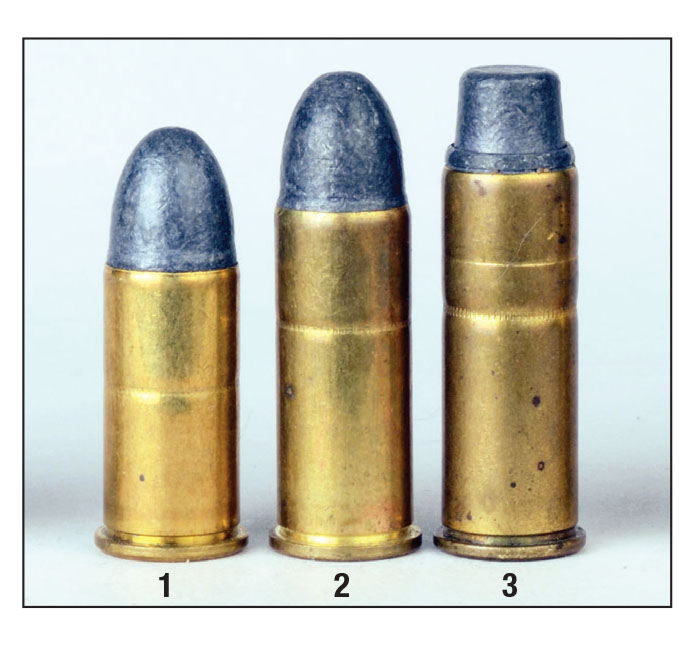
Then, in 1907, Smith & Wesson introduced its first large-frame, double-action revolver with side-swing cylinder. It was hyped as the “New Century,” but at the factory, it was called the N-frame, Hand Ejector 1st Model. Its introductory cartridge was 44 S&W Special, which was simply the 44 Russian cartridge case lengthened from .97 inch to 1.16 inches using the same bullets as 44 Russian. There followed S&W Hand Ejector, 1st, 2nd and 3rd Models and 4th Models. In 1956, the mighty 44 Magnum was introduced on a beefed-up N-frame with a case length of 1.285 inches. Eventually, it became the Model 29 and is a brute to shoot. It wasn’t until the “Dirty Harry” movie of 1971, that the public went wild for the Magnum 44.
Colt wasn’t just sitting on the sidelines. Its poorly designed 44 Colt served briefly in conversions of cap and ball revolvers and then the SAA appeared in 1873. By and by, it was chambered for all the S&W 44s, except of course, the 44 Magnum. Best of all, however, was the 44 WCF (44-40) giving dual service in revolvers and rifles. (I expect it was a 44-40 Colt in “Mr. Shorty’s” holster.) Colt’s New Service was also chambered for 44 Special and 44 WCF.
Now, I’d like to say that I’ve owned and handloaded for all the above mentioned 44 sixguns. (Along with some not mentioned, such as Charter Arms Bulldog, Remington Model 1875 and Merwin & Hulbert Pocket Army.) At an early stage in my handloading career, I set myself to learn the ins and outs of all those 44s in regard to handloading them and getting them to shoot at least respectably.
So, are 44 revolvers dying? I think so. In fact, I think they are nearly done for already. Let’s take 44 Remington Magnum. It appeared in the last days of 1955, so it’s nigh-on 70 years old now. If you go into most decently stocked gun stores, will there be a 44 Magnum in the case that is ready for purchase? Maybe. Smith & Wesson and Ruger still catalog several versions but they may be buried under a plethora of black semiautos.
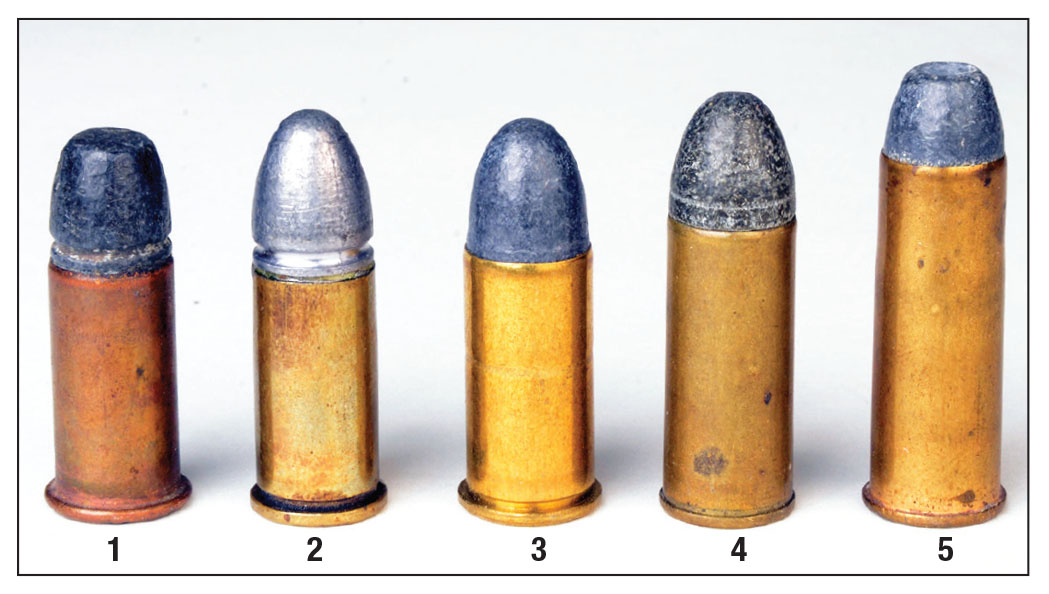
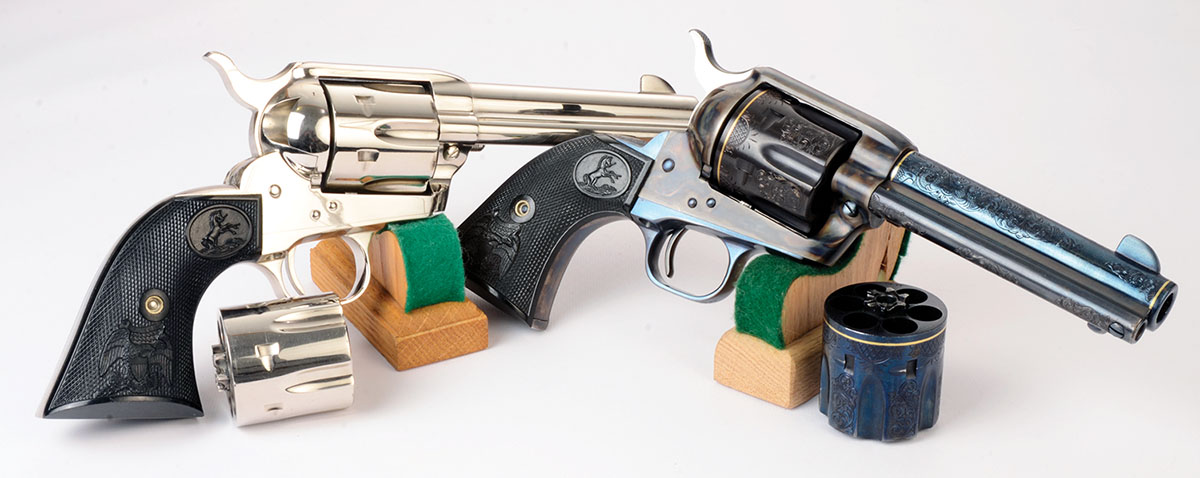
What about the 44 S&W Special? That cartridge has a small but vociferous cadre of fans, mostly stemming from the fine articles done by Skeeter Skelton and Elmer Keith in times gone by. My Colt SAA and S&W N-frame 44 Specials are occasionally fired for pleasure shooting: potting steel targets or large chunks of firewood. I wouldn’t use one as a self-defense handgun or for hunting anything but varmints. By the 1950s, and perhaps longer, the 44 Russian was loaded to the same velocity with the identical 246-grain roundnose bullet as the 44 Special.
Colt no longer makes 44 Specials, but Smith & Wesson has one, and Ruger offers several single actions and a five-shooter double-action 44 Special. I like the 44 Special even to the point of having auxiliary cylinders for the round fitted to my Colt SAA 44-40s. However, I do not buy into the legendary preternatural accuracy potential shouted by some of its followers. In my experience it’s at the same accuracy level as 45 Colt or 45 Auto-Rim.
Regarding the 44-40, my mind is not so practical. It’s my favorite. (Sharing that sentiment with 38-40 and 32-20 for reasons even I don’t understand.) I find the cartridge to be extremely accurate with good handloads and a revolver with barrel and cylinder dimensions perfectly mated. Although Colt, Ruger nor Smith & Wesson make 44-40s today, there are plenty of fine ones coming over from Italy.
There will never be a great resurgence of 44 popularity. As old-timers such as myself pass on, the younger generations will focus on autoloaders – mostly black ones. So yes, I think the great 44s of America are dying.


